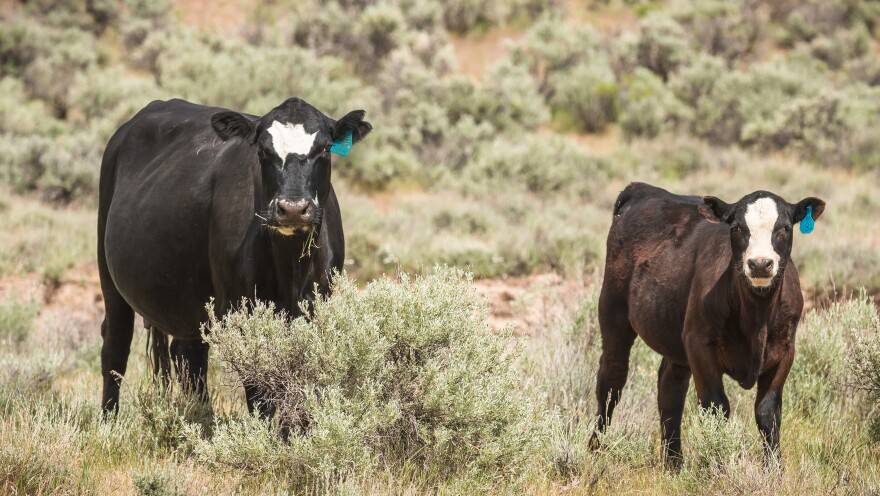The federal grazing fee has remained at a monthly rate of $1.35 per “animal unit” – one cow and her calf, one horse, or five sheep or goats – since 2019, when the Trump administration lowered the fee from $1.41. It applies to the nearly 18,000 permits and leases issued by the Bureau of Land Management and 6,250 permits by the Forest Service.
The federal fee is significantly lower than grazing on other lands. In 2022, the average fee for grazing cattle on state land in the West was $23.90 per month for each cow and her calf, according to the Department of Agriculture. Grazing on private land came at a cost of $23.40 in 2017, according to a 2019 study by the Congressional Research Service.
Josh Osher, public policy director for the Western Watersheds Project, is part of a chorus of conservationists advocating for the federal fee to be much higher. He said the low fee allows ranchers to graze more cattle, which causes environmental damage.
“A lot of times [cattle] preferentially select those plants that are more rare, that are important for pollinators,” Osher said. “But they’re also displacing wildlife, and it’s almost always the predators and carnivores that pay the price if they get into conflict with livestock.”
Osher pointed to a 2022 study by researchers at Oregon State University that shows grazing cattle trample and destroy wetlands and spread flammable weeds like cheatgrass. The researchers also found that grazing on public lands in the West emits 12.4 million metric tons of carbon dioxide equivalent a year – the same as the emissions from nearly 2.3 million passenger vehicles, the number of such cars in Idaho, Nevada, Utah, and Wyoming combined.
This story was produced by the Mountain West News Bureau, a collaboration between Wyoming Public Media, Nevada Public Radio, Boise State Public Radio in Idaho, KUNR in Nevada, the O'Connor Center for the Rocky Mountain West in Montana, KUNC in Colorado, KUNM in New Mexico, with support from affiliate stations across the region. Funding for the Mountain West News Bureau is provided in part by the Corporation for Public Broadcasting.
The photo included in this story is licensed under Flickr Creative Commons.




